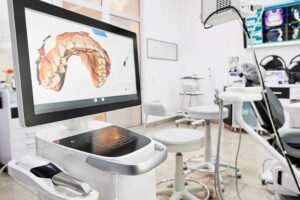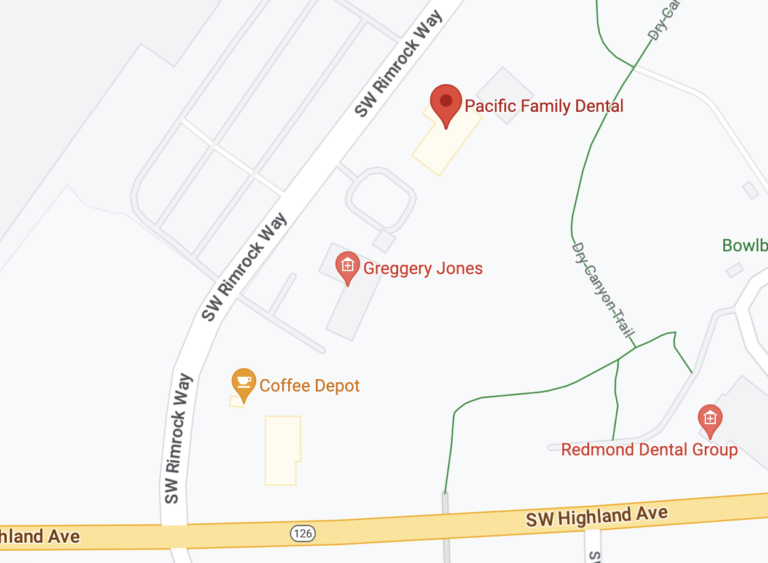CEREC®
Same-Day Crowns
Chairside Economical Restorations of Esthetic Ceramic (CEREC®) has truly revolutionized the way dental procedures are done. Multiple dental visits, as well as extensive wait times, were the norm even for regular restoration processes, but thanks to CEREC®, ceramic restorations in Redmond, OR, can now be performed within minutes at the dentist’s office. With this dental technology, we are able to create same-day crowns—no need for a temporary crown or a second appointment!
CEREC® is based on several CAD (computer-assisted design) tools and a milling machine. It can easily create custom ceramic dental restorative devices, and it can greatly benefit anyone looking to get a ceramic dental restoration.

Is CEREC® Right for Me?
The CEREC® system boasts a number of long-term benefits for anyone who needs a ceramic restoration. However, exceptions include patients who have a deep bite and a history of breaking ceramic devices.
CEREC® dental restoration devices in Redmond, OR can last for over 10 years and some of the benefits of using them include:
- No temporary restorations
- High-quality ceramic products
- Minimal invasiveness
- Less injections and discomfort
- Fewer dental visits
- Cost effectiveness
- More of the natural tooth is saved
- Longer lasting restorations
- Biocompatible solutions
How a CEREC® Dental Restoration Procedure Works
The first step of this procedure is to prepare the tooth for the dental restoration. Varying from patient to patient, the dentist takes photos of the affected teeth using either one of CEREC’s® imaging solutions:
Using the CEREC® Omnicam, the dentist takes multiple images of your tooth, sending a colored, 3D model to the CEREC® machine.
Using the CEREC® Bluecam, the dentist coats the teeth with a contrasting agent before taking images of your teeth.
These highly detailed images are sent to a computer screen where the dentist can view the affected tooth or teeth from every angle in order to design the final restoration. Once the design is complete, it is sent to the milling unit to conclude the restoration process.
